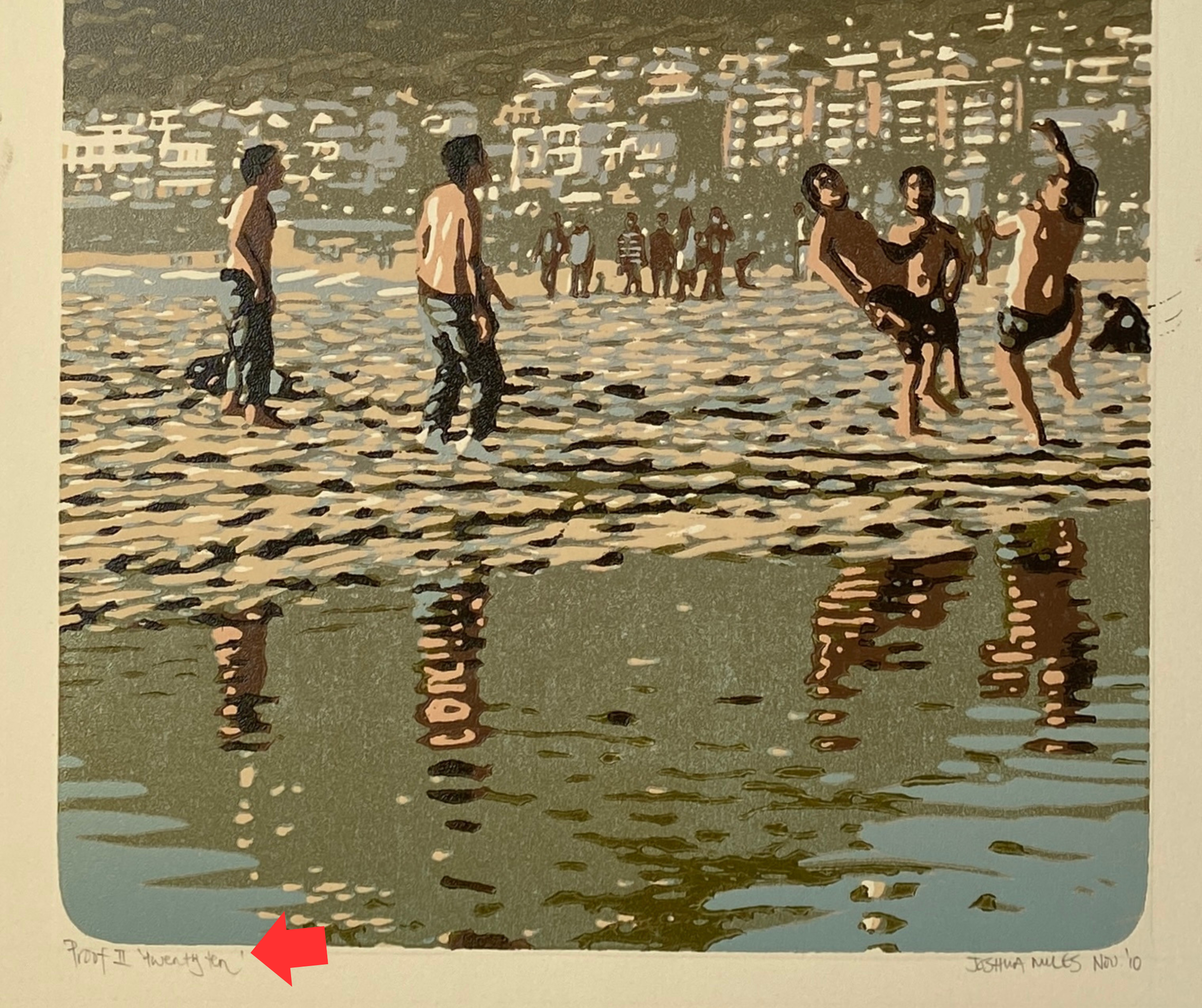WHAT IS AN ARTIST PROOF?
By Charl Bezuidenhout at WORLDART, Cape Town
WHAT IS AN ARTIST’S PROOF? THE STORY BEHIND THOSE MYSTERIOUS “A.P.” MARKS
If you’ve ever browsed through artworks—either in a gallery or at an art fair—and noticed the letters A.P. penciled beneath a print, you may have wondered what makes it special. It’s the same image as the rest of the edition yet somehow carries a whisper of added value. Let’s demystify this art-world shorthand and understand why collectors continue to seek out Artist’s Proofs.
A TRADITION ROOTED IN THE PRINTMAKING STUDIO
Before digital printing, limited-edition prints were created by hand using etching plates, lithographic stones, or silk screens. Artists worked with master printers to pull each print, inspect the colour, and adjust the details before signing off the final edition.
During this process, a small number of test prints were set aside for the artist’s own use—these became known as Artist’s Proofs (A.P.s). Traditionally, they were kept by the artist as part of their personal archive, gifted to friends, or used to check quality before the edition went public. Over time, however, they took on a mystique of their own.
SCARCER, PERSONAL, AND OFTEN MORE DESIRABLE
In a typical edition of 20 there might be only two artist’s proofs. That scarcity, coupled with their personal connection to the artist, makes them attractive to some collectors.
While the image and quality are identical to the numbered edition, the story isn’t. An Artist’s Proof feels closer to the artist’s hand—it’s a piece that might once have hung in their studio or been part of their private collection.
Because of this, A.P.s often command a small premium on the market, not because they’re technically different, but because they carry the intangible appeal of rarity and authenticity.
MODERN MEANING: THE ARTIST’S PROOF TODAY
In the age of precision printing, the need for test proofs has largely disappeared. Yet artists still produce A.P.s as a nod to tradition—and collectors continue to value them.
An A.P. today is identical to the editioned prints but marked separately, typically signed and labelled “A.P.” (or the French E.A. for épreuve d’artiste). In general they are not more valuable than one of the numbered works in the edition, except for when the edition has sold out, at which point the artist might be willing to sell the Artist Proof. At this point the price will be higher – typically about 30% more than the price at which the last numbered edition was sold for.
WHY COLLECTORS CARE
For many collectors, owning an Artist’s Proof is about connection. It’s knowing that this print was part of the artist’s own set—perhaps the version they kept aside for themselves. That layer of intimacy adds to its charm.
